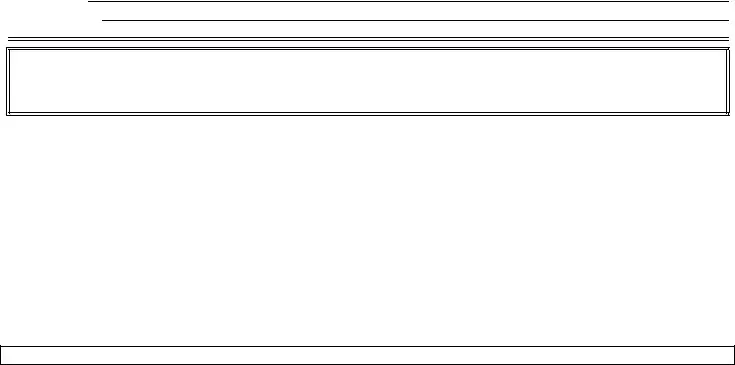What is the NHJB-2117-P form?
The NHJB-2117-P form, also known as the Executor's/Administrator's Accounting, is a document used in the state of New Hampshire within its Judicial Branch. This form is utilized by the executor or administrator of an estate to report all financial transactions related to the estate's administration, including receipts, disbursements, and the final balance held. It serves to provide a transparent record of how the estate's assets have been managed.
When should the NHJB-2117-P form be filed?
This form needs to be filed at periodic intervals as required by the probate court, as well as for the final accounting when the estate is ready to be closed. The initial accounting typically occurs after the executor or administrator has gathered all the estate's assets and begins managing them. Timing for subsequent filings varies based on court orders or the estate's needs.
Who is required to sign the NHJB-2117-P form?
The executor or administrator of the estate is required to sign this form. If there is a co-executor or co-administrator, they must also sign. Signatures must be made in the presence of a Notarial Officer to ensure authenticity. This formal acknowledgment is crucial for the form's acceptance by the probate court.
What information is needed to complete the NHJB-2117-P form?
To accurately fill out this form, detailed financial records of the estate are necessary. This includes an inventory of personal and, if applicable, real estate assets, details of any assets sold and the income generated, receipts for all disbursements including administrative expenses, taxes, debts, and distributions to beneficiaries. Accurate and complete records ensure that the report reflects a transparent and responsible administration of the estate.
Is there a specific format to follow when listing receipts and disbursements?
Yes, the form requires that receipts and disbursements be organized into specific schedules, such as receipts from the sale of assets, income on personal property, and administrative expenses. Each category has its designated schedule (A-G for receipts and 1-8 for disbursements) to maintain clarity and organization in reporting.
What should be done if the estate has more receipts or disbursements than what can be detailed in the provided schedules?
If the estate's financial transactions exceed the space provided in the form's schedules, additional sheets of paper should be attached to provide the necessary detail. Each attachment must clearly reference the schedule it complements to ensure easy review and understanding.
Can this form be used for both initial and final accountings?
Yes, the NHJB-2117-P form is designed to accommodate both initial and final accountings. There is a checkbox to indicate if the filing is a final account, signaling to the court that the estate is ready for closure pending any last obligations.
What steps should be taken if a final accounting is being filed?
For a final accounting, after filling out the NHJB-2117-P form and checking the final account box, the executor or administrator must ensure that all receipts for the estate balance are filed within 30 days. This is key to completing the estate's administration and discharging the executor/administrator from their duties.
What happens if the form is not filed on time or is incomplete?
Failing to file the form on time or submitting an incomplete form can lead to complications in estate administration, including delays and potential legal challenges. It is the executor's or administrator's responsibility to comply with deadlines and ensure the form is thoroughly completed to avoid these issues.
Are beneficiaries notified of the accounting?
Yes, the form requires that a copy of the completed accounting, along with a notice, be sent to all persons beneficially interested in the estate. This ensures transparency and provides beneficiaries an opportunity to review the accounting and file any objections within a specified period, typically 30 days after the account is filed with the probate court.
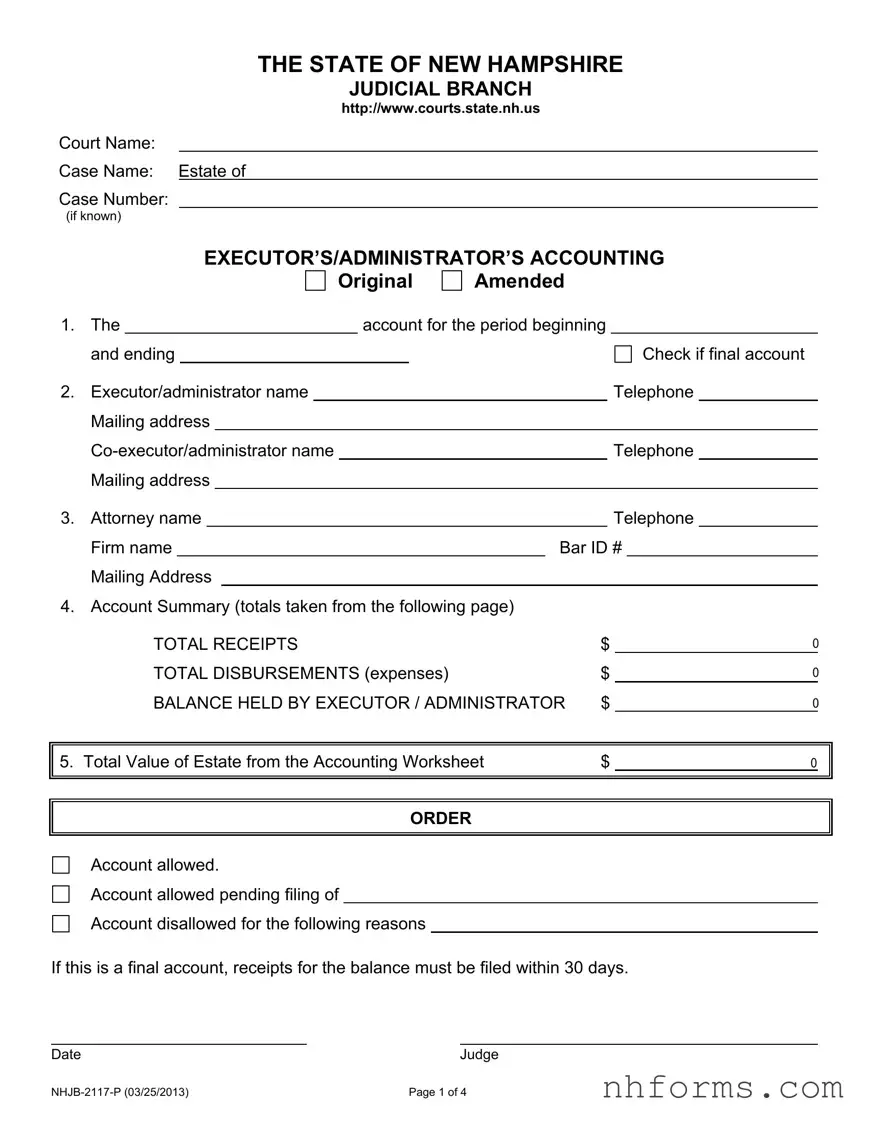
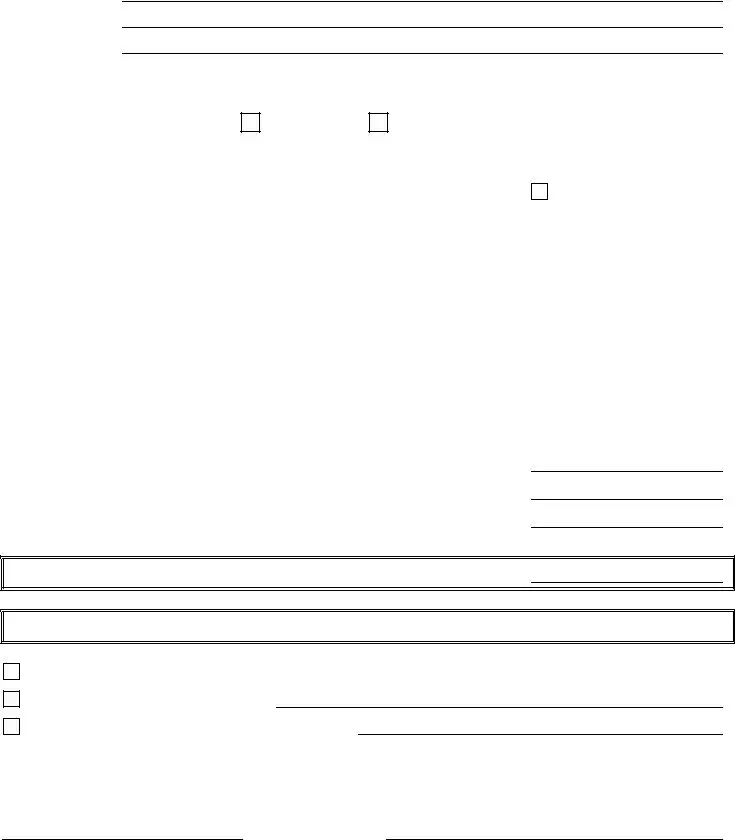

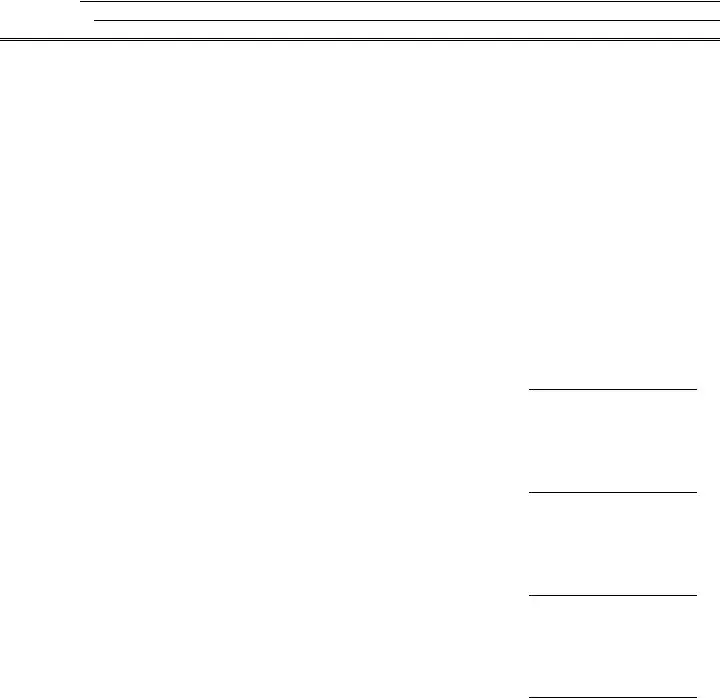
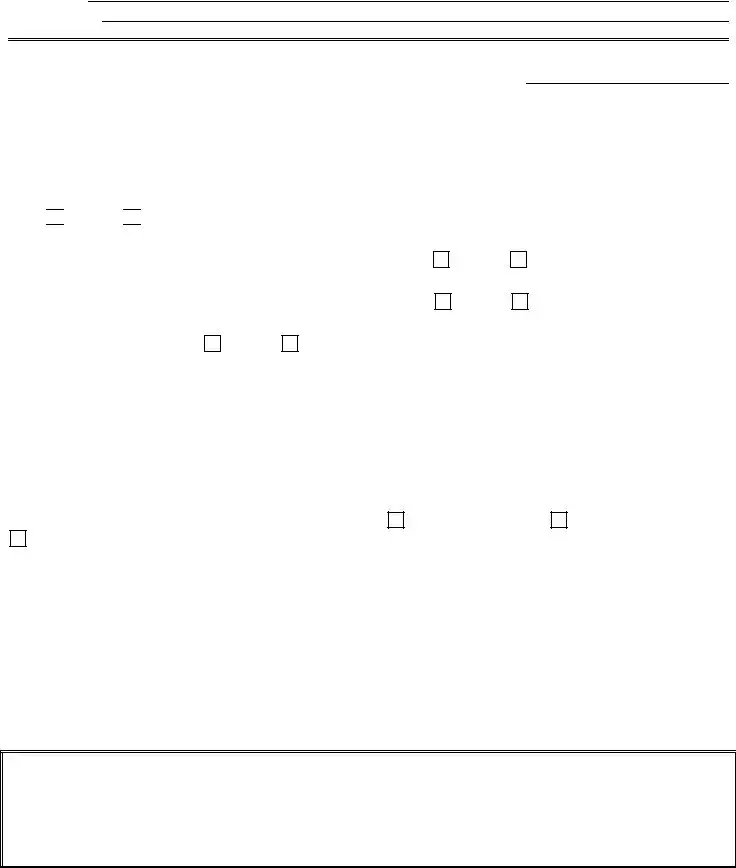

 Yes
Yes 
 No
No